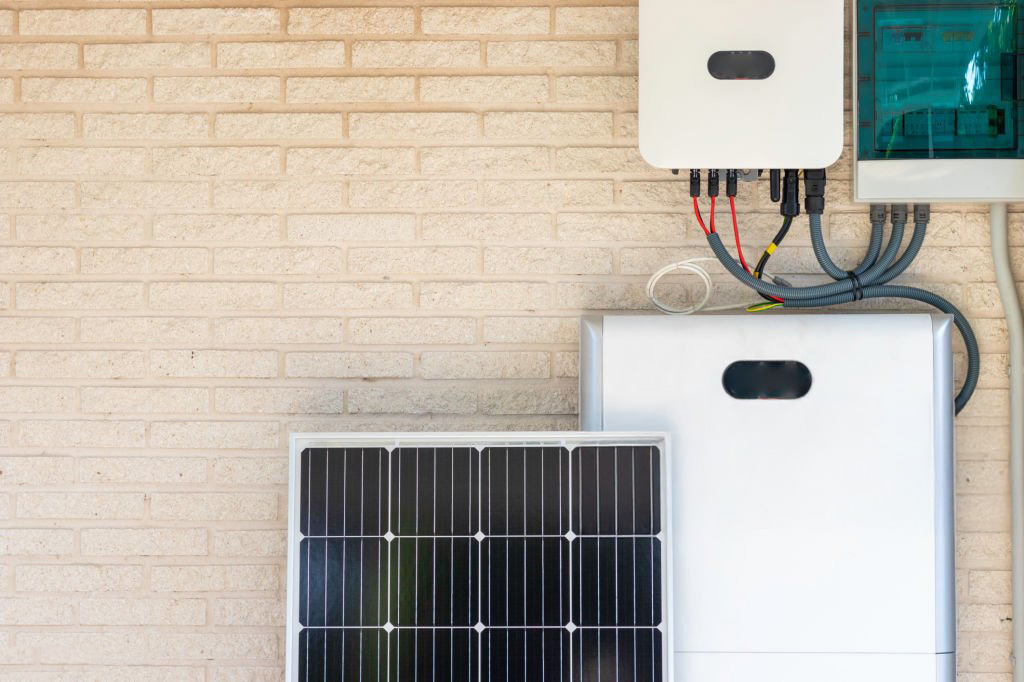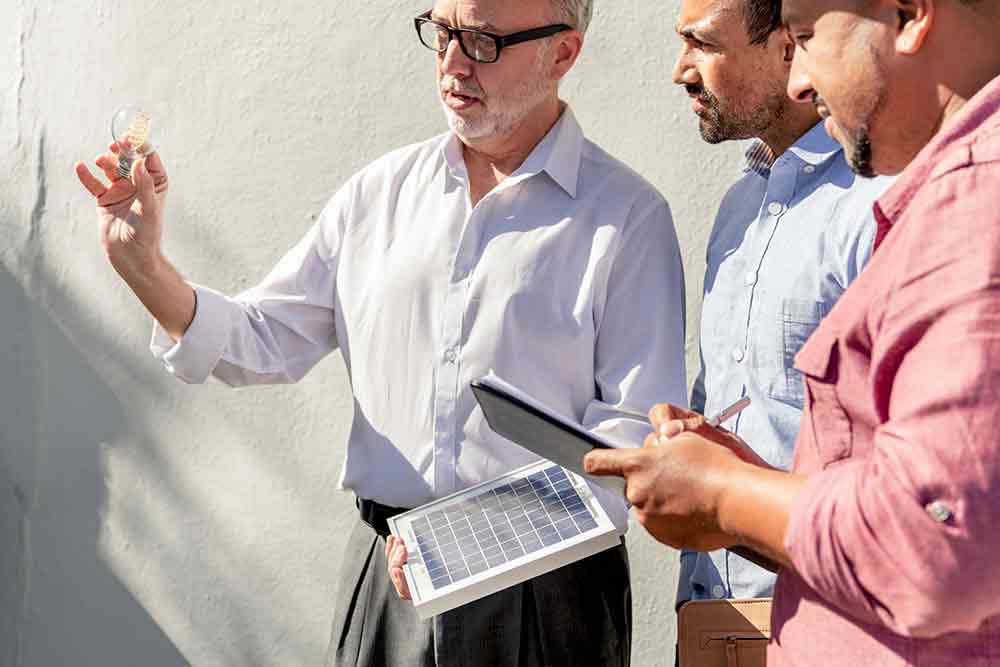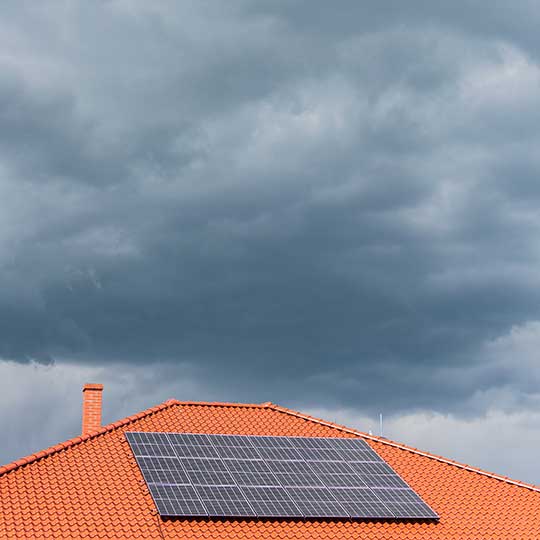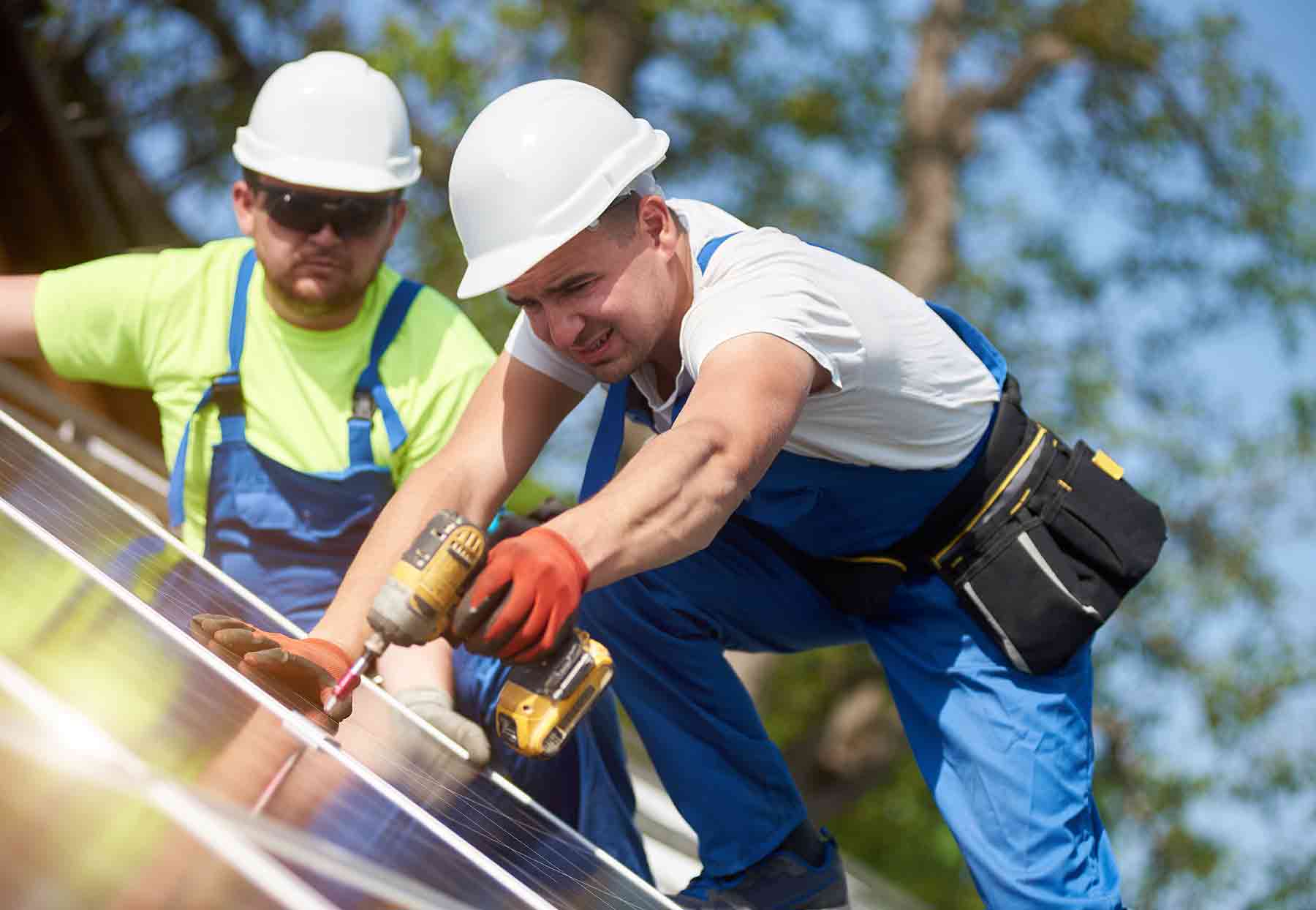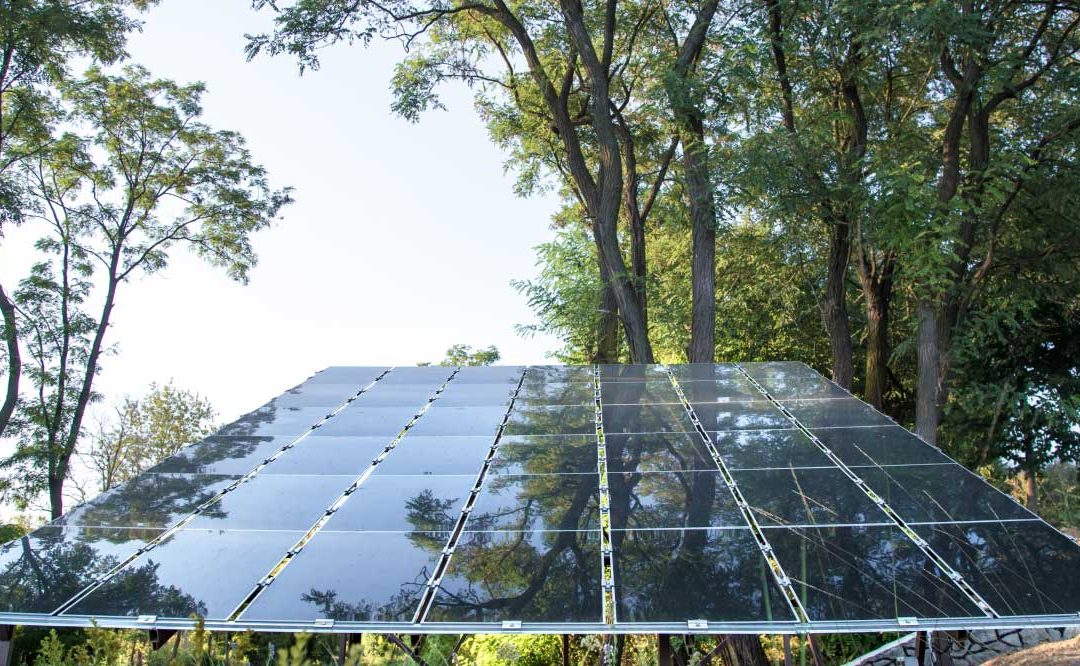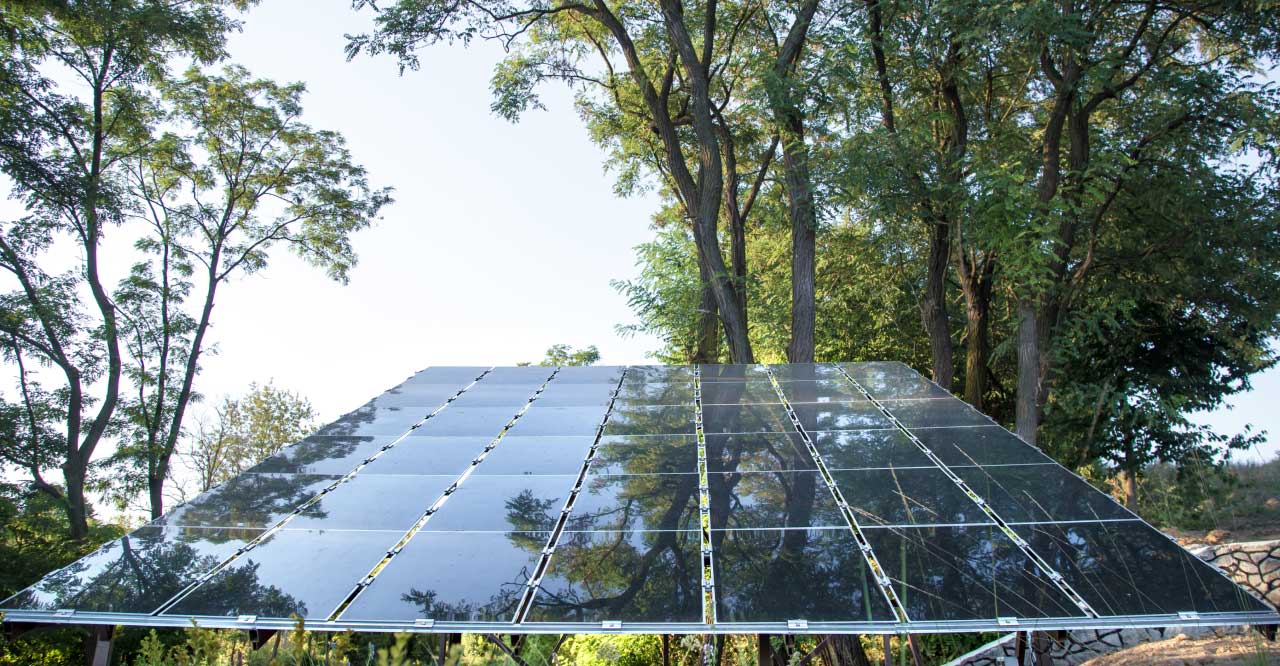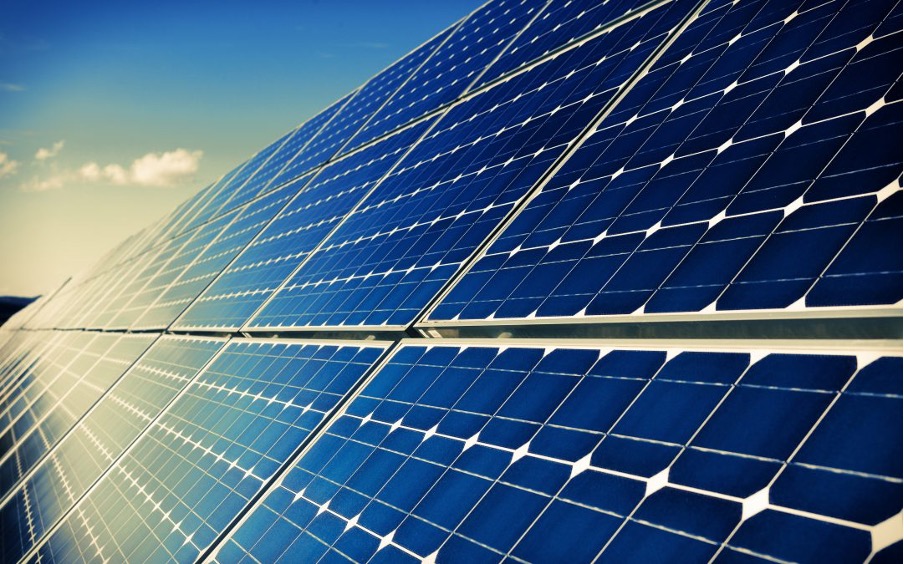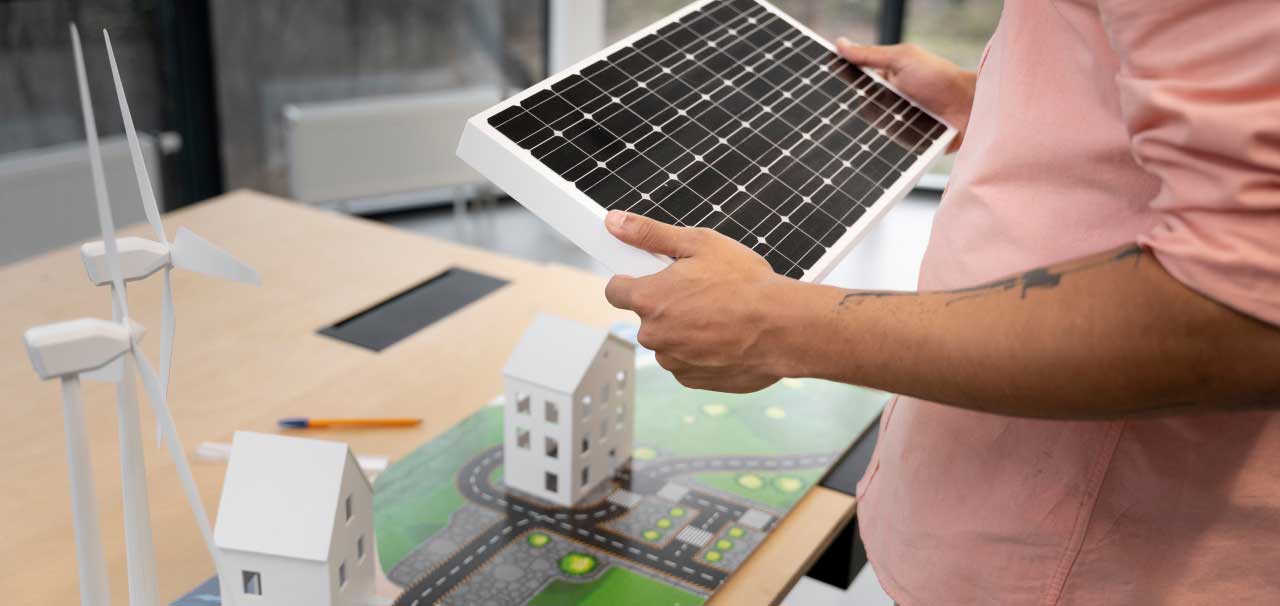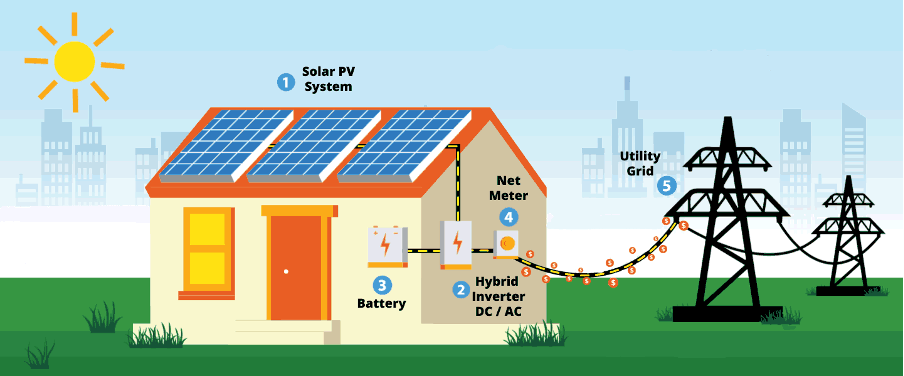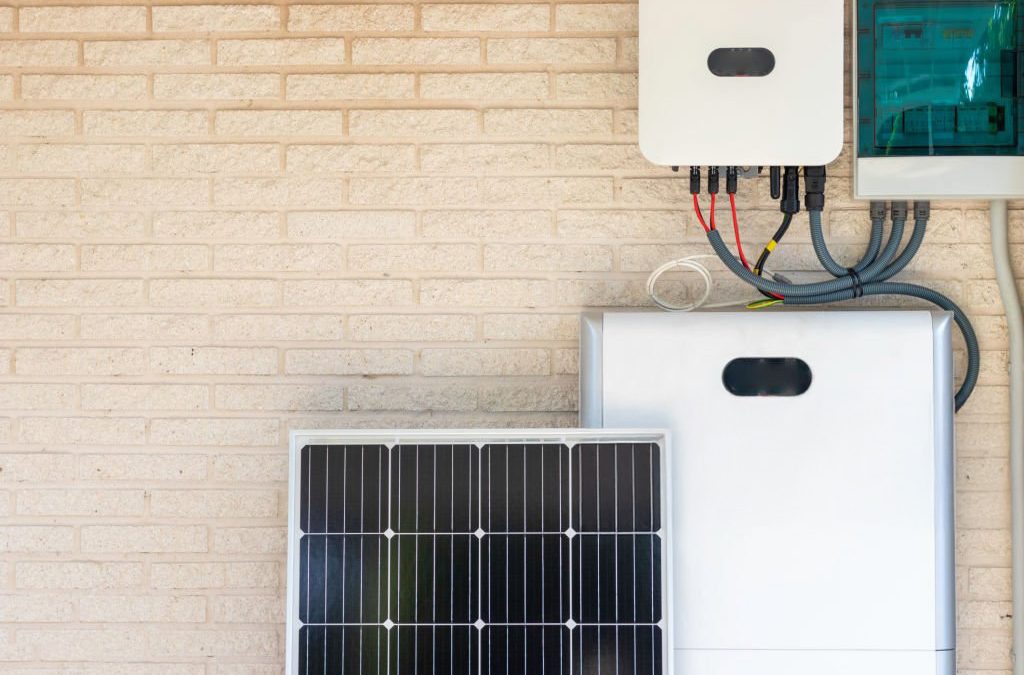
How Adding Battery Storage to Your Solar Installation Can Cut Your Energy Bills
Switching to solar energy is one of the smartest ways to lower your electricity bills, but adding a solar battery to your solar installation can take your savings to the next level. A solar battery storage system allows you to store excess solar power generated during the day and use it at night, helping you reduce reliance on the grid and avoid rising energy costs.
So, how much can you actually save, and is a solar battery the right choice for your home? Let’s break it down.
How Much Can Solar Energy Save You?
The amount of solar power your system generates depends on the size of your solar installation. Here’s a quick guide to the savings potential (based on 5 hours of solar generation):
- 6.6kW Solar System – Generates 30kWh per day, saving $500–$600 per quarter on electricity bills.
- 10kW Solar System – Generates 50kWh per day, saving $800–$1,000 per quarter.
- 13.2kW Solar System – Generates 65kWh+ per day, ideal for homes with pool pumps, ducted air conditioning, or higher energy use.
Note: These figures are based on an annual average, using 5 peak sunlight hours per day as a minimum estimate. Generation can be significantly higher in summer due to longer daylight hours.
Even without a solar battery, a solar panel system can significantly lower your power bills. But without storage, any excess energy you don’t use during the day is sent back to the grid for a feed-in tariff, which is often lower than what you pay for electricity at night. That’s where a solar battery can make a huge difference.
How a Solar Battery Boosts Your Savings
Adding battery storage to your solar system lets you:
- Use More of Your Solar Energy – Instead of selling excess energy to the grid at a low rate, store it for use at night.
- Reduce Reliance on the Grid – Keep your home powered even when the sun isn’t shining.
- Protect Against Blackouts – Some solar batteries provide backup power during outages.
- Maximise Your Investment – A battery ensures you get the most out of your solar installation.
With electricity prices rising, a solar battery helps you lock in long-term energy savings and greater energy independence.
Government Rebates Make Solar More Affordable
Good news! Solar rebates are still available, helping homeowners save up to $5,000 on the cost of a solar system. These incentives make installing a solar power system more affordable and shorten the time it takes to see a return on your investment.
At Solenergi, we offer a free in-home assessment to check your roof, meter box, and energy usage to ensure we recommend the best solar and battery solution for your home.
Is a Solar Battery Right for You?
A solar battery system is ideal if you:
- Use a lot of power at night
- Want to reduce reliance on the grid
- Prefer long-term energy savings over selling energy back to the grid
- Want backup power during blackouts
- If you’re ready to cut your energy bills and make the most of your solar power, now is the time to invest in solar battery storage.
Ready to Switch to Solar?
Want to find out how much you can save with a solar battery? Contact Solenergi today for a free in-home assessment!
Contact us for a free quote.
Please send us your inquiry or give us a quick call to
+61 07 3519 5118 for any information.
